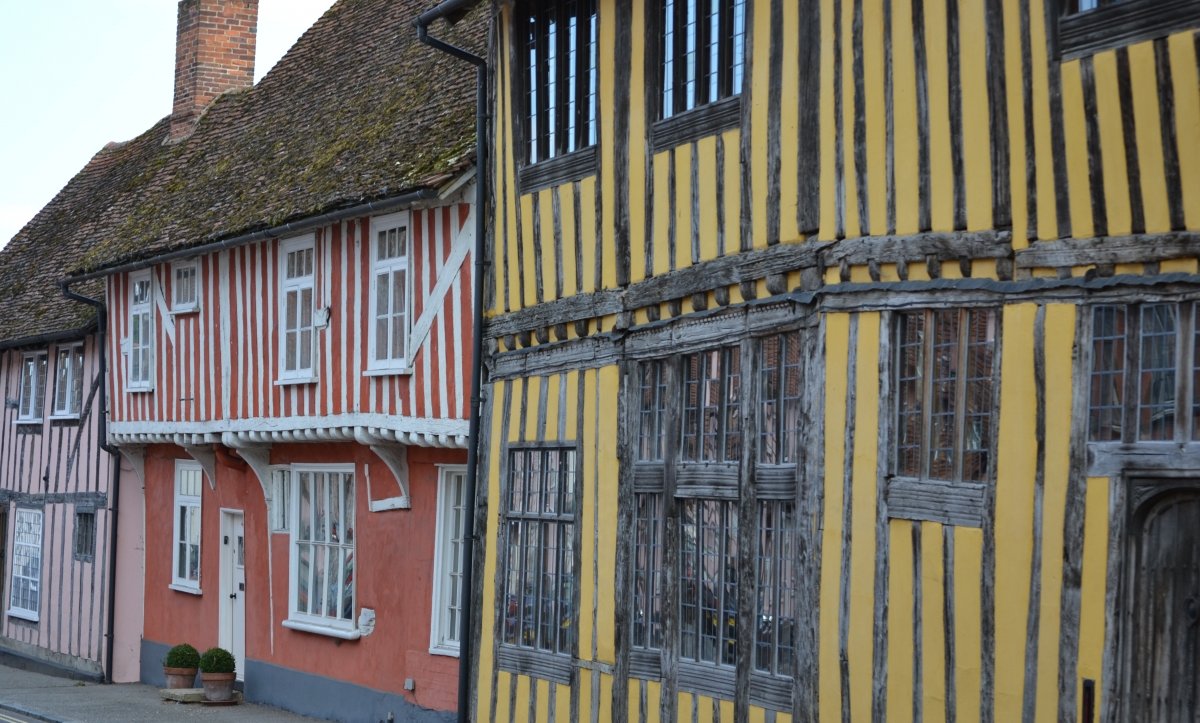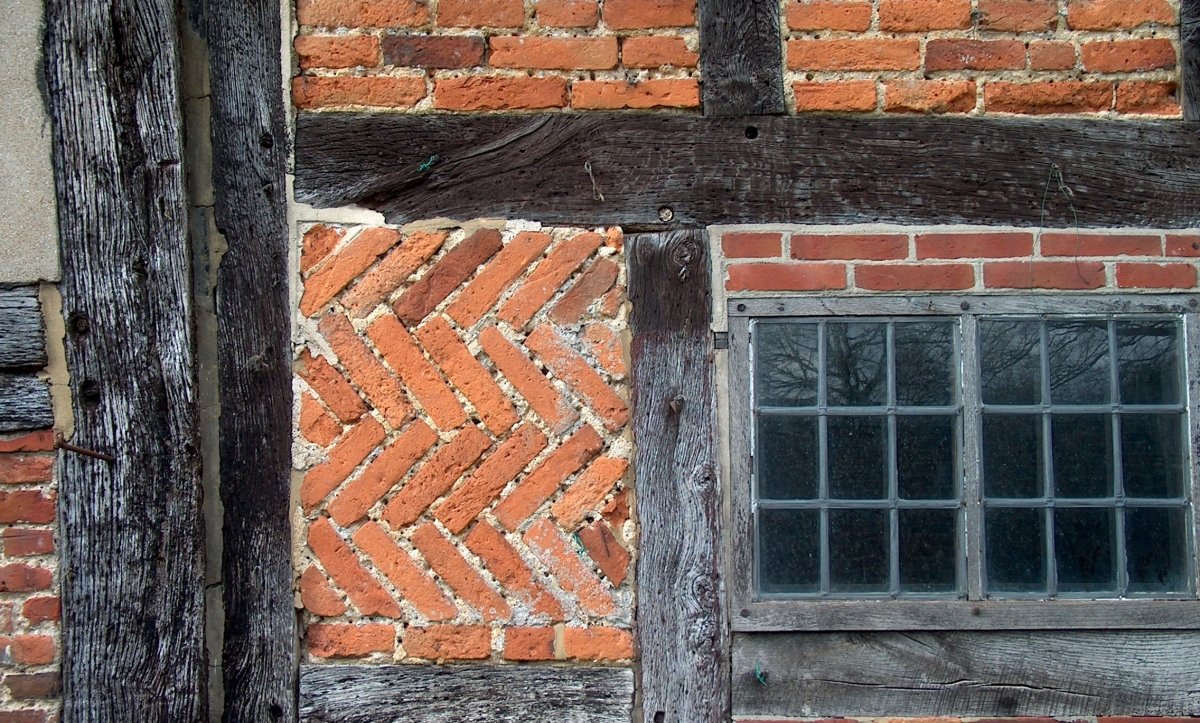When the SPAB was established in 1877 there was no conservation legislation to speak of which led to some truly sad losses of buildings and monuments. After campaigns by the Society and various other conservation-minded individuals, the first Ancient Monuments Act was introduced which recognised the need for governmental administration on the protection of ancient monuments. This legislative move was attacked in Parliament as “an invasion of the rights of property… in order to gratify the antiquarian tastes of the few at the public expense” By 1930 there were still only 3000 designated monuments and all were unoccupied buildings. Despite the Act, devastating losses and destruction were still occurring. Eventually, a combination of high-profile demolitions and WWII losses emphasised the vulnerability of old buildings and the need to do something. With mounting pressure to protect old buildings, the 1947 Town and Country Planning Act introduced national listing.
Initially, listing was not so much a strict protection as a device for identifying what should be considered in redevelopment plans. Consequently in the 1950s, buildings could still readily be demolished even when listed.
Today we have a much more robust and well-administered system of heritage protection. As part of this system, Historic England and Local authorities designate different types of heritage assets. The following is a short guide to each of those different categories.





